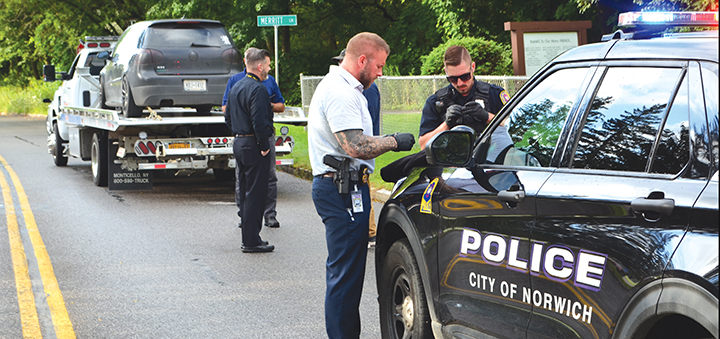Carbon monoxide detector saved lives of Oxford couple, chief says
OXFORD – Two days after Christmas, newspaper and television headlines carried the story of the death of five South Florida teens. The culprit? Carbon monoxide – a toxic, colorless, odorless gas which can be lethal.
The death of these young teens is a grim reminder of the dangers posed by carbon monoxide poisoning, according to Oxford Fire Chief Mike Cobb. The local fire official points to an incident in Oxford, which also occurred over the holidays, as an example of how such a tragedy can be avoided by the installation of an inexpensive carbon monoxide detector.
Cobb credits the device with saving the lives of a village couple, who returned home to find their detector going off. While they were out, the chimney of the coal stove which they used to heat their home had become plugged, the fire chief said. This caused the house to fill with the noxious gas, which is a byproduct of the combustion of fuel.
“If this had happened during the night, without a CO detector, these people wouldn’t be with us today,” the fire chief said.










Comments